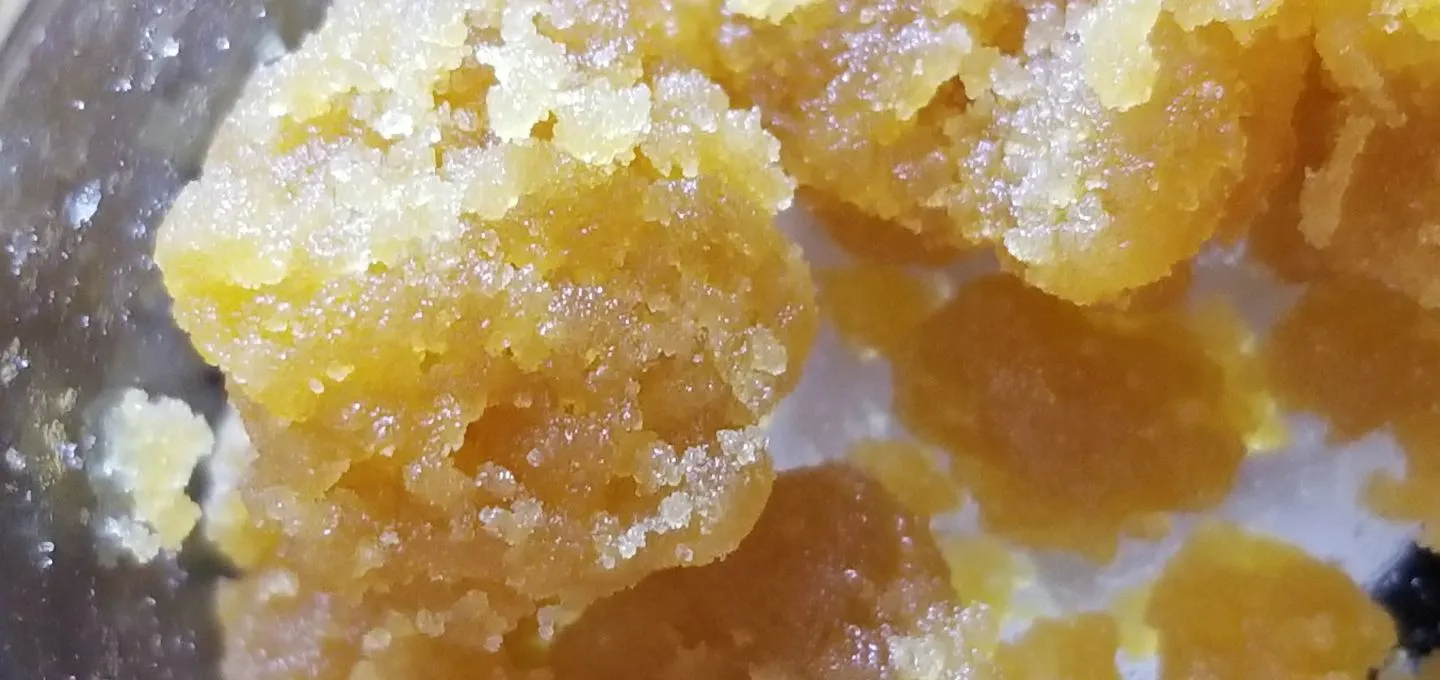Introduction
Table of Contents
Dewaxing is an essential process in manufacturing cannabis concentrates like extracts and distillates.
It removes impurities for a cleaner, higher-quality end product.
Specifically, dewaxing eliminates waxes, fats, lipids, and other compounds that can detract from the aesthetic, potency, and flavor of concentrates.
Let’s look at what dewaxing entails.
What is Dewaxing?
Dewaxing separates desirable cannabis compounds like cannabinoids and terpenes from undesirable constituents using several techniques:
- Winterization uses ethanol to “freeze out” waxes and lipids that solidify at subzero temperatures. The ethanol containing the cannabinoids and terpenes is then removed.
- Filtering with charcoal or bleaching clays absorbs impurities, filtering out chlorophyll, plant particles, and residual solvents.
- Vacuum distillation uses differences in boiling points to evaporate and isolate cannabinoids from less volatile waxes and lipids.
- Proper dewaxing is vital for pure, refined concentrates that capture the full spectrum of terpenes and cannabinoids from the plant.

 Fact Checked by Doctor Name
Fact Checked by Doctor Name